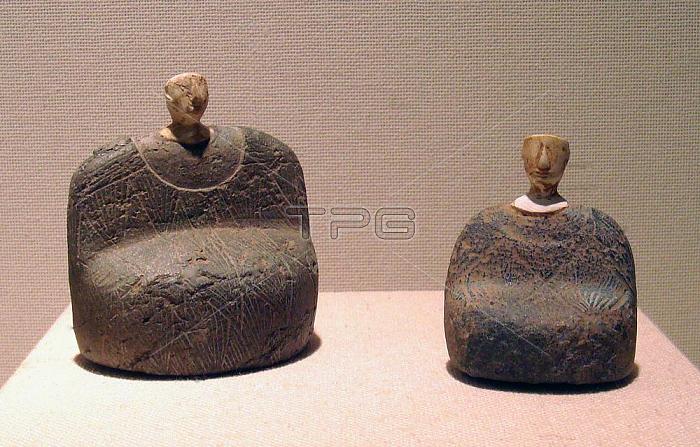
The Bactria-Margiana Archaeological Complex; also known as 鈥極xus civilization'; is the modern archaeological designation for a Bronze Age culture of Central Asia; dated to c. 2200 - 1700 BCE; located in present day Turkmenistan; northern Afghanistan; southern Uzbekistan and western Tajikistan; centered on the upper Amu Darya (Oxus); in area covering ancient Bactria.
Its sites were discovered and named by the Soviet archaeologist Viktor Sarianidi (1976). Bactria was the Greek name for the area of Bactra (modern Balkh); in what is now northern Afghanistan; and Margiana was the Greek name for the Persian satrapy of Margu; the capital of which was Merv; in today's Turkmenistan.
According to some authorities; Bactria was the homeland of Indo-European tribes who moved south-west into Iran and into North-Western India around 2500-2000 BCE. Later; it became the north province of the Persian Empire in Central Asia. It was in these regions; where the fertile soil of the mountainous country is surrounded by the Turanian desert; that the prophet Zoroaster (Zarathushtra) was said to have been born and gained his first adherents.
| px | px | dpi | = | cm | x | cm | = | MB |
Details
Creative#:
TOP19361293
Source:
達志影像
Authorization Type:
RM
Release Information:
須由TPG 完整授權
Model Release:
No
Property Release:
No
Right to Privacy:
No
Same folder images:

 Loading
Loading